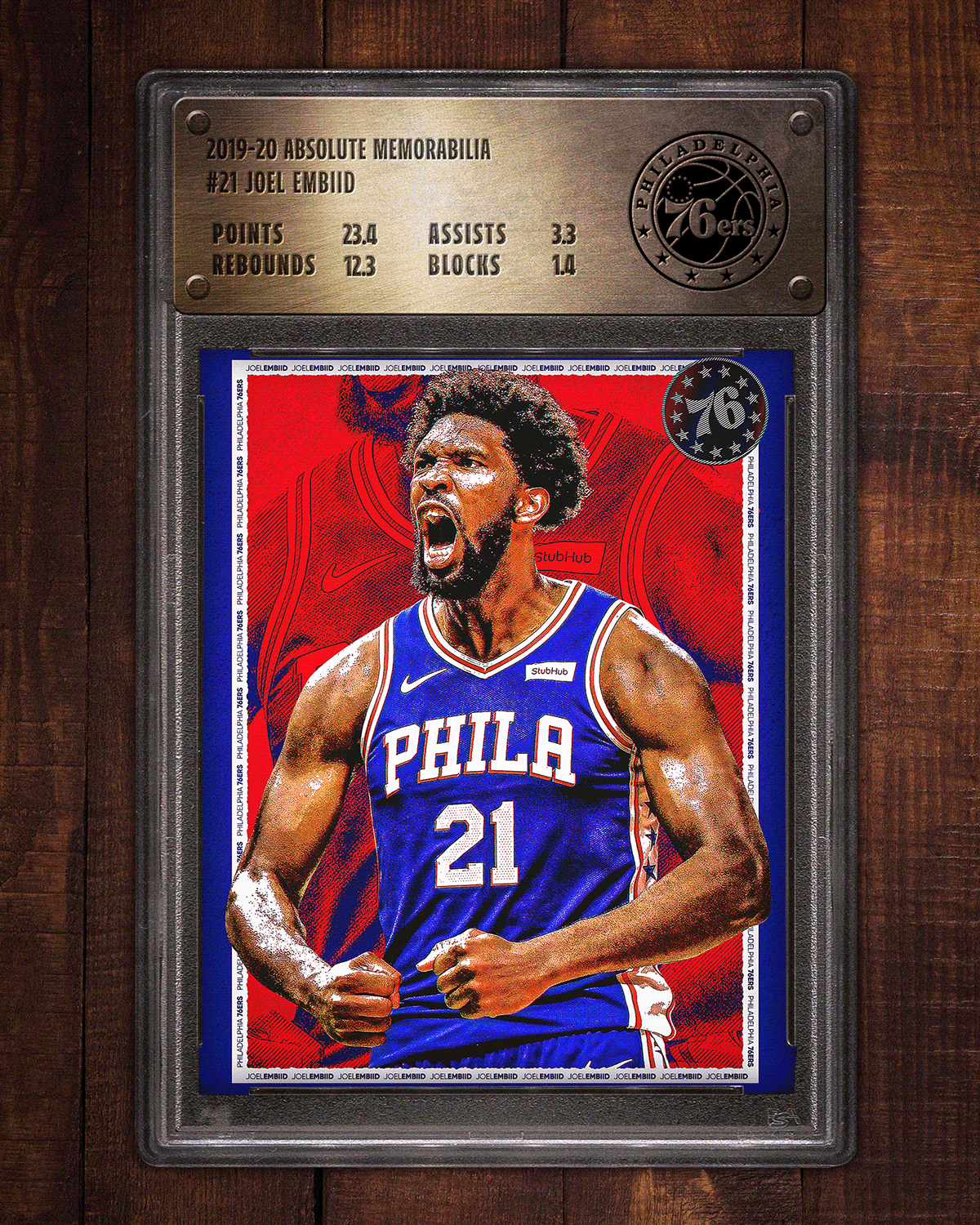The world of NBA basketball cards extends beyond mere collectibles; it embodies a rich tapestry of cultural significance that resonates with fans, investors, and historians alike. As the popularity of basketball continues to soar globally, the investment landscape surrounding NBA cards has evolved, attracting a diverse audience eager to capitalize on the sport's impact on culture. By understanding the intersection of sports, art, and history, collectors can make informed decisions that not only enhance their portfolios but also celebrate the cultural legacy of basketball.
In recent years, the surge in interest in NBA basketball cards has sparked a renewed focus on investment strategies that consider cultural significance. The stories behind players, moments, and even specific cards can dramatically influence their value. Investors who take the time to explore the narratives intertwined with these collectibles can position themselves to make more strategic purchases and sales, leveraging the cultural weight of the cards they choose. This article will delve into effective strategies for investing in NBA basketball cards while emphasizing their cultural importance.
As we explore various investment strategies, we will address key questions that every potential investor should consider. What factors contribute to the cultural significance of a basketball card? How can understanding a player’s biography enhance investment decisions? What are the best practices for maintaining and valuing a collection? By answering these questions, we aim to equip investors with the knowledge needed to navigate the vibrant world of NBA basketball cards and appreciate their role in cultural history.
Read also:Exploring Shake Shack Portland A Mustvisit Burger Destination
What Makes a Basketball Card Culturally Significant?
The cultural significance of a basketball card often lies in its association with pivotal moments in basketball history, iconic players, and the narratives that surround them. For instance, cards representing legendary figures like Michael Jordan or Kobe Bryant resonate not only with basketball fans but also with those who appreciate the cultural impact these athletes have had on society. Factors that contribute to a card’s cultural significance include:
- Historical Context: The era in which the player competed and the events that defined their career.
- Player Legacy: The impact of a player on the game and their lasting influence on future generations.
- Memorable Moments: Cards depicting game-winning shots, championships, or record-breaking performances.
How Can Player Biographies Influence Investment Decisions?
Understanding a player's biography is crucial for investors looking to capitalize on NBA basketball cards. A detailed analysis of a player's journey, achievements, and contributions to the game can unveil insights that significantly impact a card's value. Here’s a brief overview of a prominent player:
| Name | Michael Jordan |
|---|---|
| Birthdate | February 17, 1963 |
| Position | Shooting Guard |
| NBA Teams | Chicago Bulls, Washington Wizards |
| Championships | 6 |
| Career Highlights | 5× MVP, 14× All-Star, 10× scoring champion |
Investors should consider the broader narrative of a player’s career, including their challenges, triumphs, and the socio-cultural issues they may have faced. A card that tells a compelling story is often more valuable than one that simply represents a player’s statistics.
What Are the Best Practices for Investing in NBA Basketball Cards?
When investing in NBA basketball cards, certain best practices can help maximize returns while appreciating the cultural significance of the cards:
- Research and Education: Continuously educate yourself about the market trends, player legacies, and card conditions.
- Networking: Connect with other collectors and investors to share insights and experiences.
- Condition Matters: Always consider the condition of the card, as it significantly affects value.
- Diversify Your Collection: Invest in a range of players and eras to mitigate risks.
How Do Market Trends Affect Card Values?
Market trends play a pivotal role in determining the value of NBA basketball cards. Understanding these trends can provide insights into when to buy or sell. Factors influencing market trends include:
- Player Performance: A player’s on-court success can dramatically increase demand for their cards.
- Cultural Events: Major cultural events, such as the Olympics or playoff runs, can spike interest in specific cards.
- Media Coverage: Increased media attention on players can lead to higher card values.
What Role Does Social Media Play in Card Investment Strategies?
Social media has transformed the way collectors and investors engage with the NBA basketball card market. Platforms like Instagram, Twitter, and TikTok allow for rapid dissemination of information and trends. Here are ways social media impacts investment strategies:
Read also:Miranda Paige Walls Unveiling The Talent And Achievements
- Real-Time Updates: Investors can receive immediate updates on player performances and market shifts.
- Community Insights: Engaging with fellow collectors can provide valuable insights and trends.
- Promoting Sales: Social media is a powerful tool for advertising available cards and sales.
How Can Investors Assess the Long-Term Value of a Card?
Assessing the long-term value of an NBA basketball card requires a thoughtful approach that considers various factors, including:
- Historical Significance: Evaluate the card’s place in basketball history.
- Rarity: Limited edition cards or those from significant moments are often more valuable.
- Condition and Grading: Cards graded by professional services tend to have higher long-term value.
What Are Some Common Mistakes to Avoid in Card Investments?
While investing in NBA basketball cards can be rewarding, there are common pitfalls that collectors should avoid:
- Not Doing Enough Research: Failing to understand the market can lead to poor investment decisions.
- Overvaluing Sentimental Value: Personal attachment to a card can cloud judgment regarding its market value.
- Ignoring Condition: Investing in damaged cards can lead to significant losses.
In conclusion, NBA basketball card investment strategies for cultural significance are multi-faceted and deeply intertwined with the narratives of the players and the history of the game. By blending knowledge of cultural significance with sound investment practices, collectors can not only build valuable portfolios but also celebrate the rich legacy of basketball. As the market continues to grow and evolve, investors who embrace the cultural dimensions of their collections will find themselves in a position to thrive.


